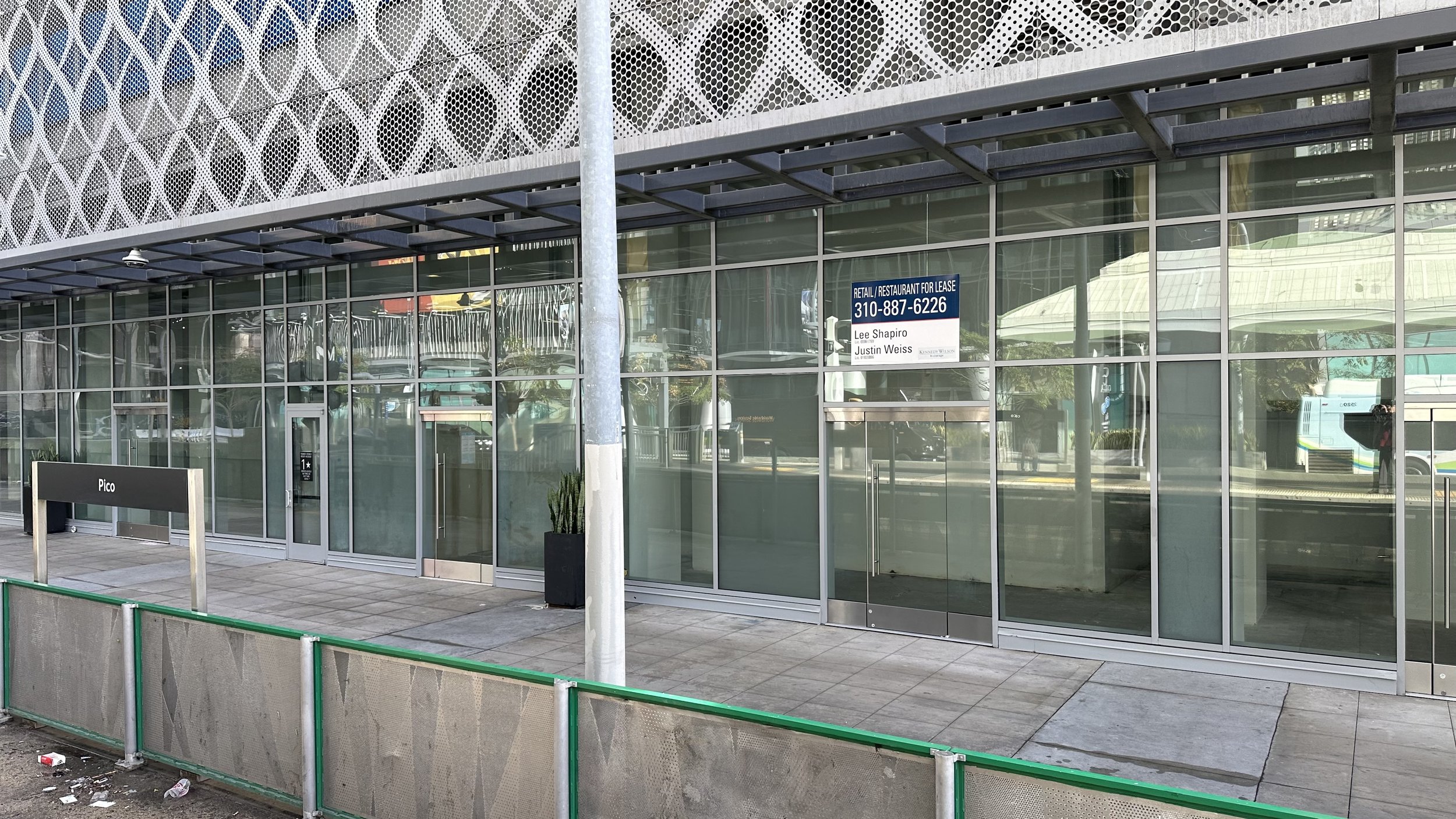Downtown LA is on Death Watch
Opinion:
There, now it’s been said. Since COVID-19 destroyed downtown office use, DTLA is now on life support.
In 2019, more than 600,000 commuters came into DTLA daily to work, have lunch, buy coffee, shop, relax in bars and restaurants, and generally contribute to a lively and vibrant community. Today, after the throws of the pandemic, many of these commuters have stayed home to work, refusing to give up their new-found freedom from the office. Employers who have tried to force their employees back into vacant offices have found that many of their workers have opted to quit rather than commit to another downtown commute. Office vacancies have skyrocketed and many service businesses that supported the office community have failed or are floundering.
Cities all over the U.S. are now recognizing that generational change has happened to the traditional place cities have occupied over the last 100 years. If they are to survive, downtowns need a new identity. To find new life and direction, U.S. cities designed for cars and commuter offices must now be repurposed as centers for people, living, and life pursuits.
Only through accepting this challenge can DTLA reverse a death spiral that is becoming more and more evident. For our future we must immediately embark on a path to make DTLA and South Park a place where more people want to live full time - instead of only 9–5.
How can we get this process rolling?
The Washington Post has recognized this problem and has taken a reader poll for suggestions on how to make this revitalization happen. Many suggestions have been submitted. Here are just a few that I believe are specific to DTLA and to South Park:
1. We must limit the number of cars downtown and invest much more heavily on public transit. Over-reliance on personal cars, especially in downtowns, limits the number of people who can access these areas, makes such areas unpleasant with excess noise and pollution, unnecessarily takes up huge amounts of valuable space, and results in people being isolated from one-another in their vehicles – the antithesis of how a vibrant urban core should operate. DTLA/South Park must be redeveloped into green space “Nodes” or SuperBlocks, where personal vehicular traffic is impossible or less convenient and more costly. High traffic streets must be closed and turned into places to walk, bike, shop and socialize. Public transit must be cheap and readily accessible. Parking lots must be turned into parks or new residential buildings. On-street parking must be eliminated. Parking structures must be relocated to the outer edges of these Nodes and reflect attractive rate structures. Everything within the Node should encourage walkability, pedestrian activity and interaction, and stimulate commercial activity and entertainment venues. Spacious, adequate bike lanes will encourage bicycle and scooter use – off the sidewalks.
2. We must immediately replace 600,000 commuters with new full- time downtown residents by stimulating and encouraging redevelopment of underutilized office buildings into affordable living units and the construction of new apartment and condominium projects in and around the Nodes. In turn this will encourage introduction of new retail establishments, bars and restaurants, and entertainment and cultural facilities.
3. Success in this effort will require cooperation on all fronts from planners and city government and all residents. Antiquated mind sets on city development must be redirected. Zoning codes may need to be changed, parking regulations will need to be greatly relaxed or eliminated. Our city leadership must recognize the extreme importance of this effort and actively participate in the goal of increasing local walkability and full-time residency.
4. We must encourage families to become DTLA residents. For this effort we will need to increase safety and provide for convenient medical services, child friendly areas, and facilities. We will need to provide K-12 schools within easy walking distance and near-by school-aged oriented sports and individual development activities. We should bring more college campuses downtown. Primary to this family development will be finding a solution to the homeless problem and enforcing new and stricter regulations against negative indigent uses of public parks and pedestrian areas. Homeless people should be allowed to use the streets but not live in the streets. Open drug use must be elimitated.
Rendering by Heliograph at Kilograph.com
5. The adoption of SPNA’s South Park SuperBlock proposal is the first step toward this revitalization process. When you really look at South Park’s current position as a community, you find reasons to be optimistic. The core factors necessary to realize the revitalized city of the future are here now. We need only to concentrate on improving walkability, increasing local destination businesses and services, supporting the increase in full-time living units, getting rid of the automobile traffic that is separating and suffocating us, and providing public space and a neighborhood-center park and recreation area. The South Park SuperBlock will provide this direction toward the future vibrancy of South Park and, when successfully instigated, will provide the road map for the revitalization of the balance of DTLA.
You can find out more information about SPNA’s SuperBlock proposal by visiting their website at www.spna-dtla.org and clicking on the S. Grand Ave. SuperBlock tab. Please feel free to contact me at dtlanow@gmail.com for further discussion on ways to ensure South Park and DTLA’s vibrant future!
By John Nilsson






